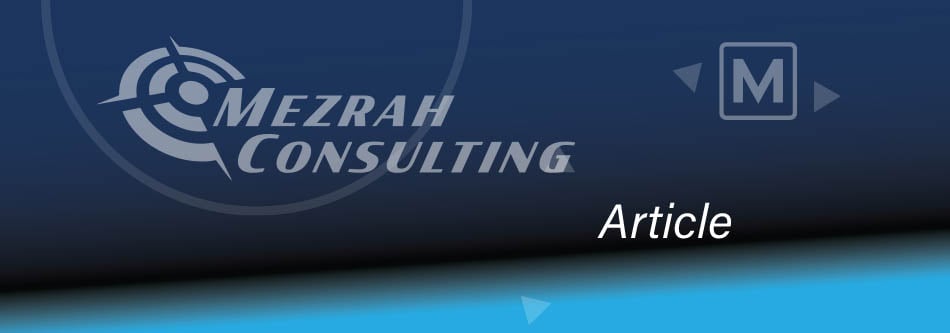M&A Deferral Plan Funding Playbook for Obtaining Insurable Interest


The opportunity to defer income in a merger and acquisition (“M&A”) transaction is specifically related to the earn-out amount which can be paid to a management services organization (“MSO”) C corporation (“C Corp”) for services provided to the operating entity.
The two main issues that need to be addressed are; a) obtaining a large enough insured group
to acquire the funding on a guarantee issue (“GI”) basis, and b) making sure there is an insurable interest. With the dynamics around creating an MSO C Corp that is separate and apart from the operating company, issues can be raised by the carriers as it relates to the following:
- Years the MSO C Corp has been in business (may not qualify for COLI, consequently
private placement life insurance and registered products may be the only option);
this can be limiting given that some carriers require three years in business and/or $5
million in net worth. - Understanding the relationship between the operating company S corporation (“S
Corp”) and the MSO. In a traditional MSO Deferral Plan, the MSO will more than likely
be considered part of a controlled group (80%+ ownership of both companies). With
an M&A MSO deferred compensation plan (“DCP”), the two companies will not have
same ownership but instead will more than likely be considered affiliated service group
entities. - Determination of where the Corporate-Owned Life Insurance (“COLI”) will reside.
- Understanding who will be insured. MSO C Corp employees only or MSO C Corp and
operating entity employees? If both MSO C Corp and operating entity, what insurable
interest does the MSO C Corp have in operating entity employees?
Asset Sale
In an asset sale, the assets of the S Corp are purchased and the S Corp remains a viable entity and ongoing business. Shortly after the sale, the S Corp can convert to a C Corp (MSO) to provide services to the operating entity (buyer). There are two opportunities given this fact pattern:
- The COLI assets are acquired prior to the transaction taking place. As a result, the S
Corp will have a clear insurable interest of the operating entity employees and will secure the amount of funding needed. Costs of insurance are paid until; a) the transaction is effectuated and the full deferral amount is elected, and b) a funding contribution is made equal to the amount deferred by the seller from the earn-out paid by the buyer. The year one earn-out will have to be paid shortly after the transaction occurs (i.e., prepayment for services provided by the seller in year one).
In this option, both the funding is secured and the DCP is in place prior to the transaction occurring. The plan funding and the DCP will stay with the remaining S Corp (Note: presumably there are no investments in the COLI). The S Corp is then converted to a C Corp where the MSO Deferral Plan will reside. - The COLI assets are acquired after the transaction takes place. The MSO will be considered an affiliated service group of the buyer operating company and has an insurable interest in the employees of the operating company since the owners of the MSO are dependent upon the key employees to continue to run the business in order to obtain their full earn-out.
In this option, the COLI funding will be put in place after the transaction occurs, but it may require some provision in the agreement that allows the seller to acquire insurance on employees of the buyer. This option requires buyer cooperation in the transaction.
Stock Sale
In a stock sale, the entire company (assets and liabilities) is being purchased. As a result, the S Corp will not be maintained. This will force the seller to immediately create a new MSO C Corp which will be used to provide services to the operating entity (buyer). The strategy of securing the funding prior to the transaction in order to establish insurable interest will not work as there is not a remaining entity owned by the seller in a stock sale.
Similarly, to the second option above for an asset sale, the MSO C Corp will be considered an affiliated service group, and the seller will need to leverage the employees at the operating entity to acquire the COLI asset. The COLI asset will be owned by the MSO C Corp but the insurable interest will be the employees of the operating entity. This will allow the seller to acquire the needed insurance when taking into consideration the employees from both the buyer and the seller. This condition will have to be part of the negotiation. With the seller creating a payout structure that allows the buyer to deduct all of the earn-out payments, there is clearly leverage that the seller has with the buyer in accommodating the seller’s planning needs.
Conclusion
Whether an asset sale or a stock sale, there are various paths to solve both; a) acquiring a large enough insured group to acquire the needed amount of plan funding on an GI basis, and b) establishing an insurable interest. Given the economic advantages of the MSO Deferral Plan to both the buyer and seller, the probability that a compromise can be reached around insurability of the buyer’s employees by the seller is highly likely.
Note: the percentage of M&A transactions that are asset purchases is 80% compared to 20% that are stock transactions.




